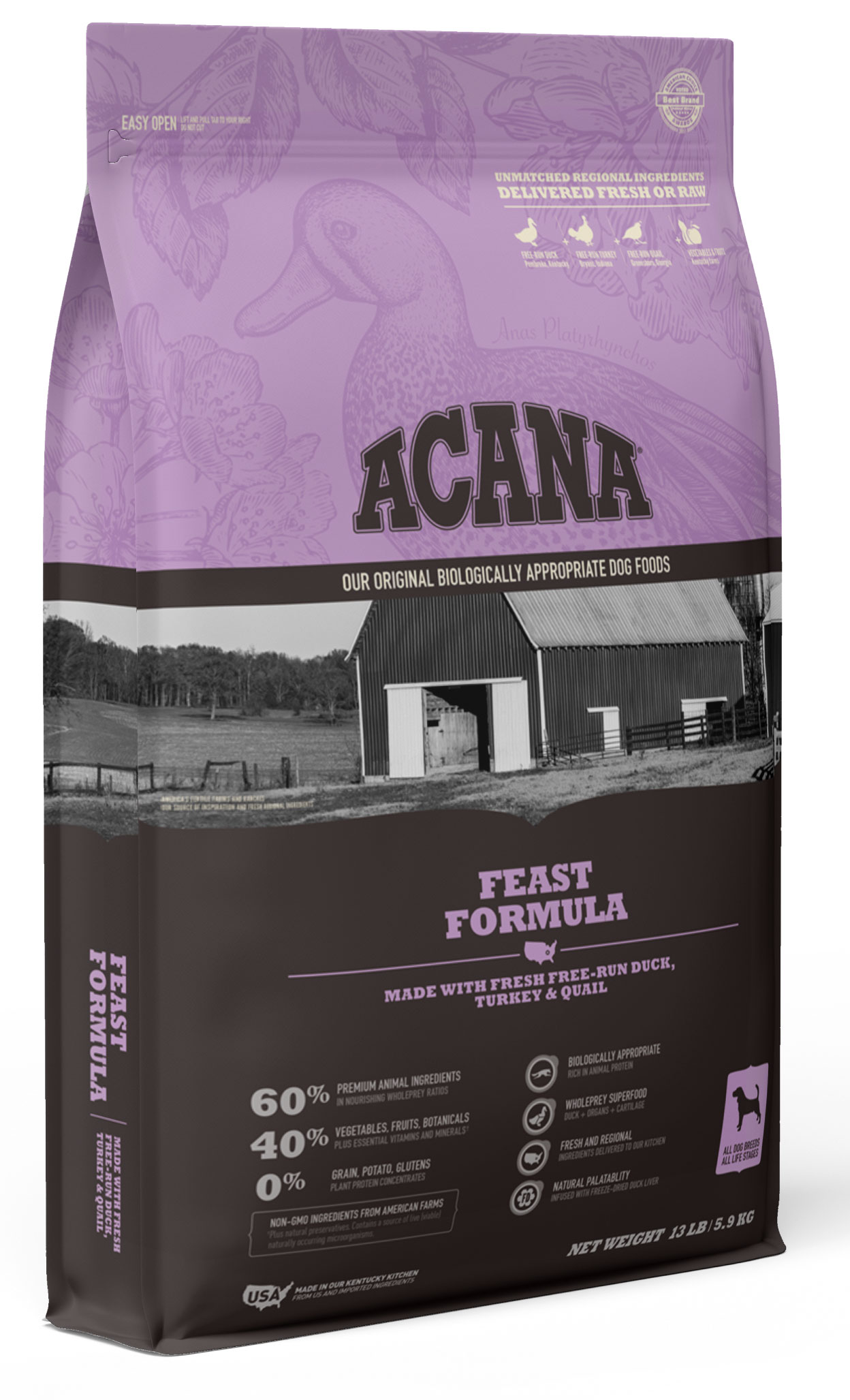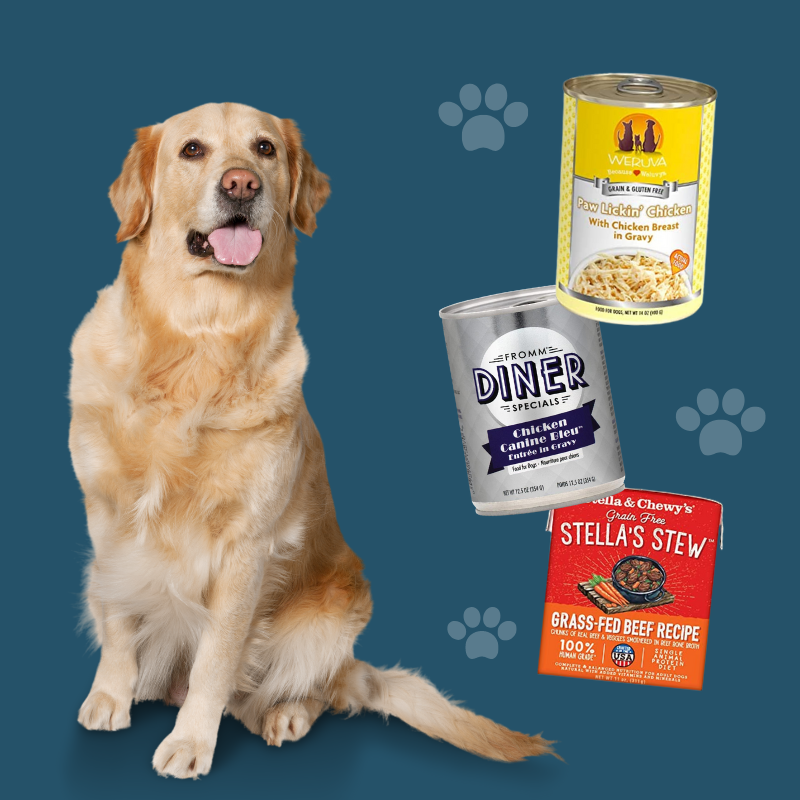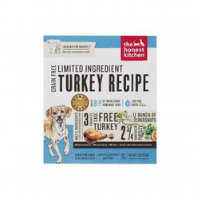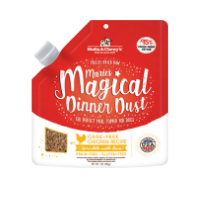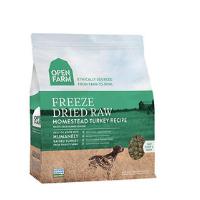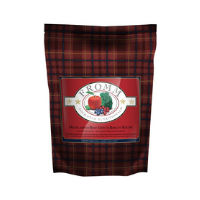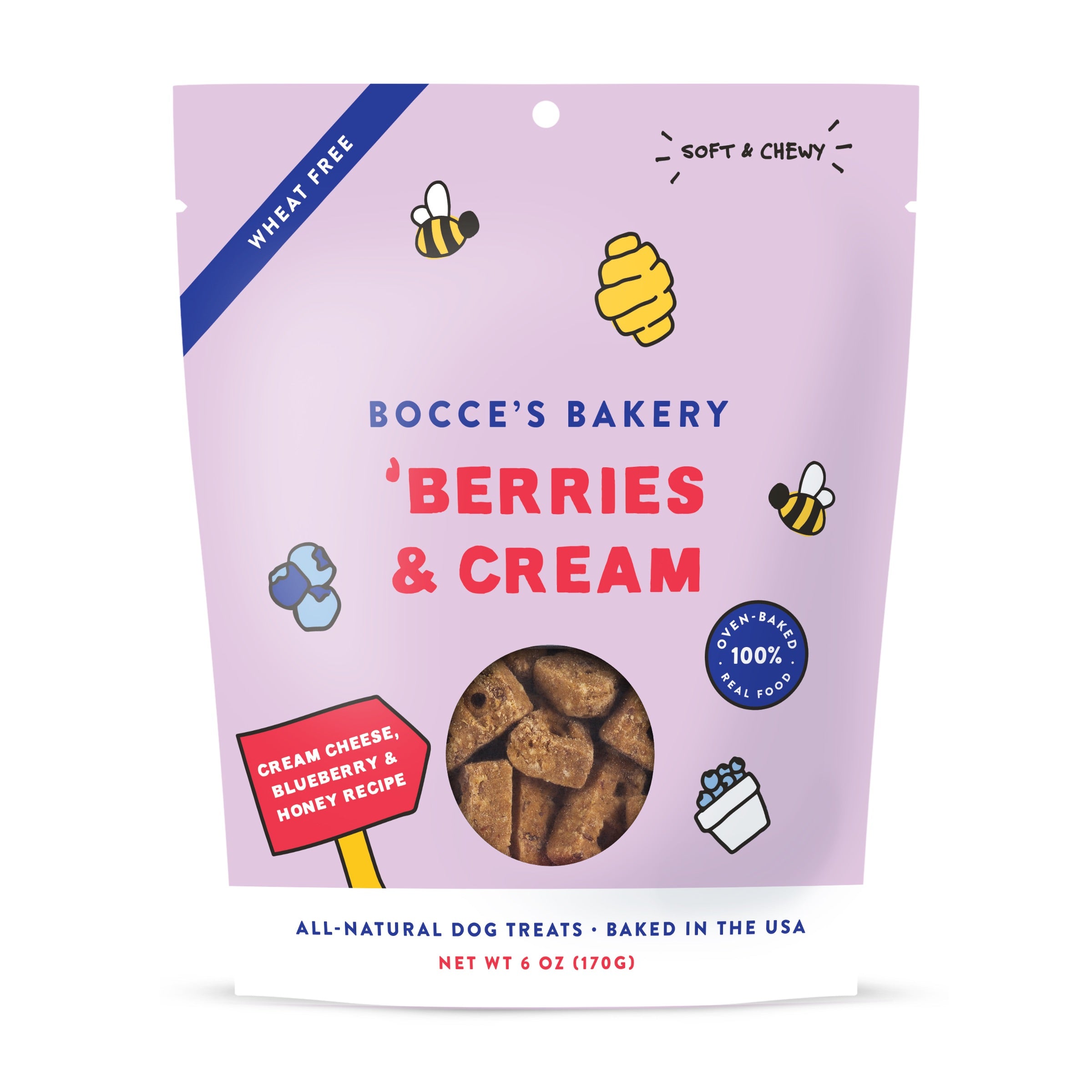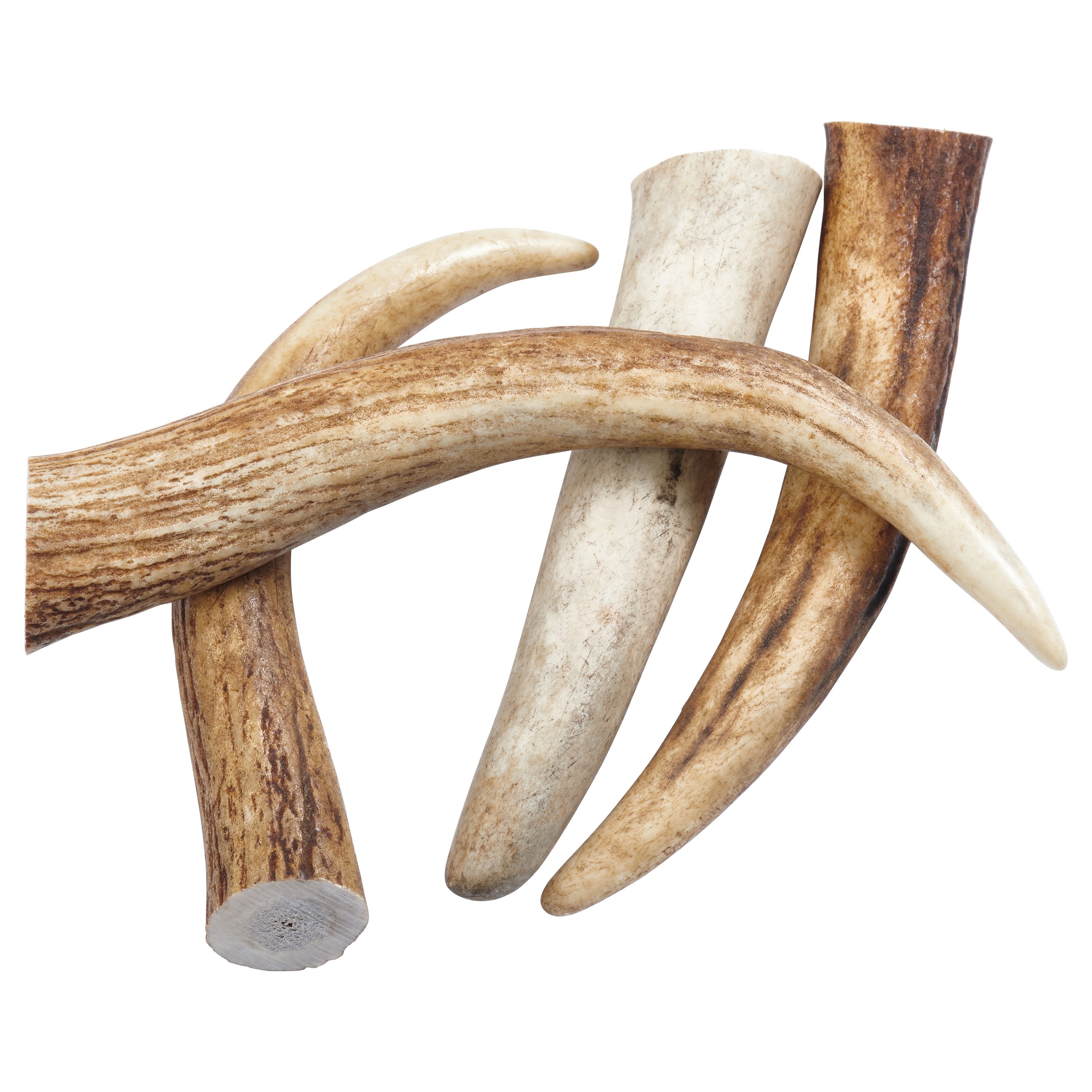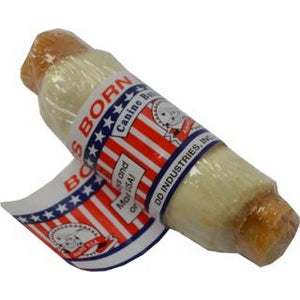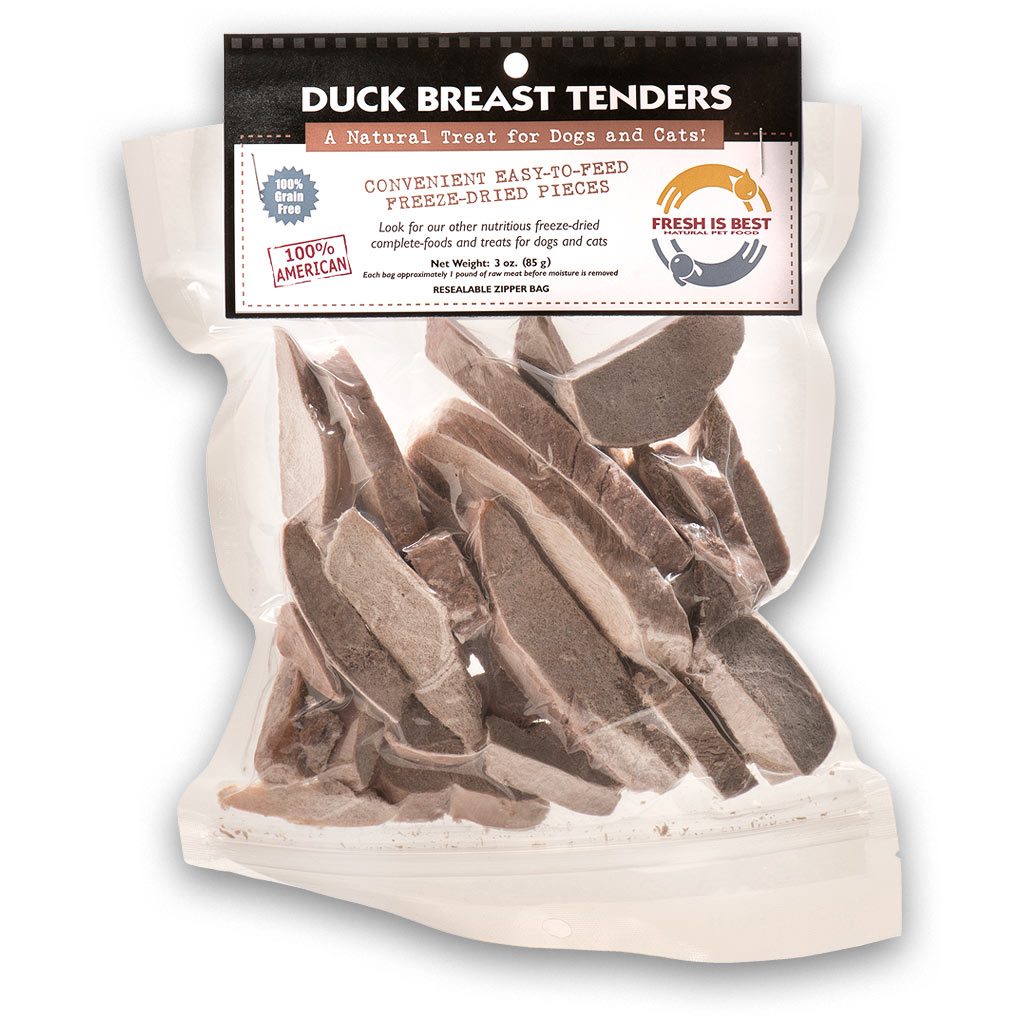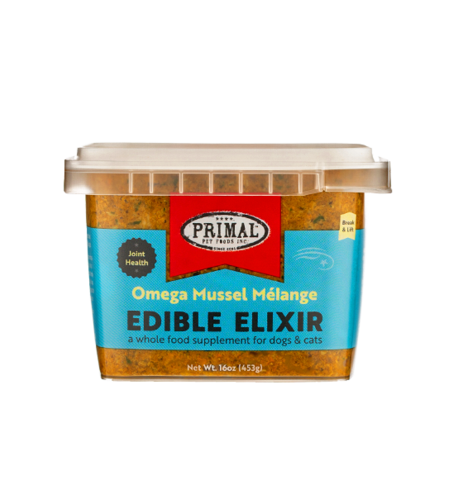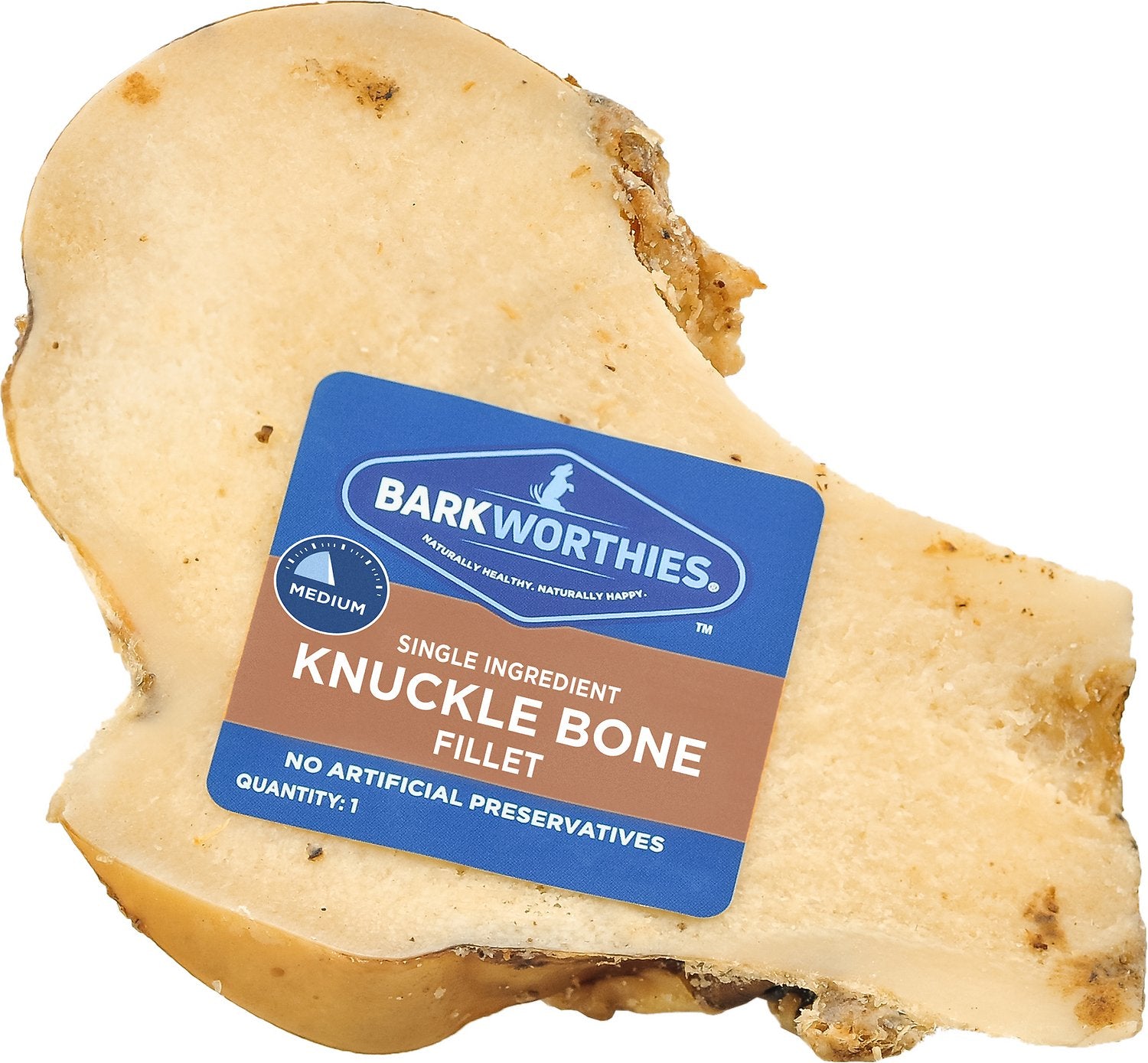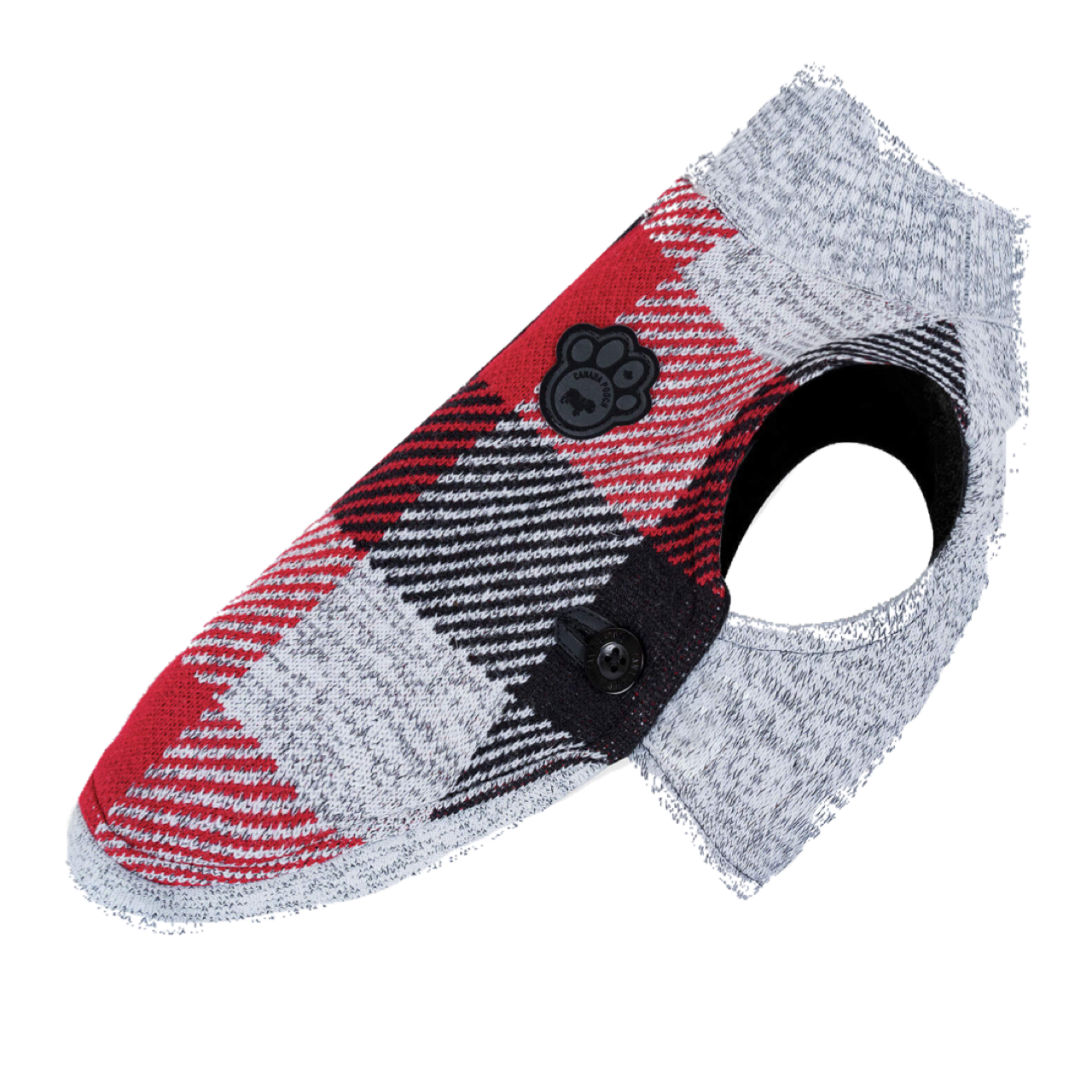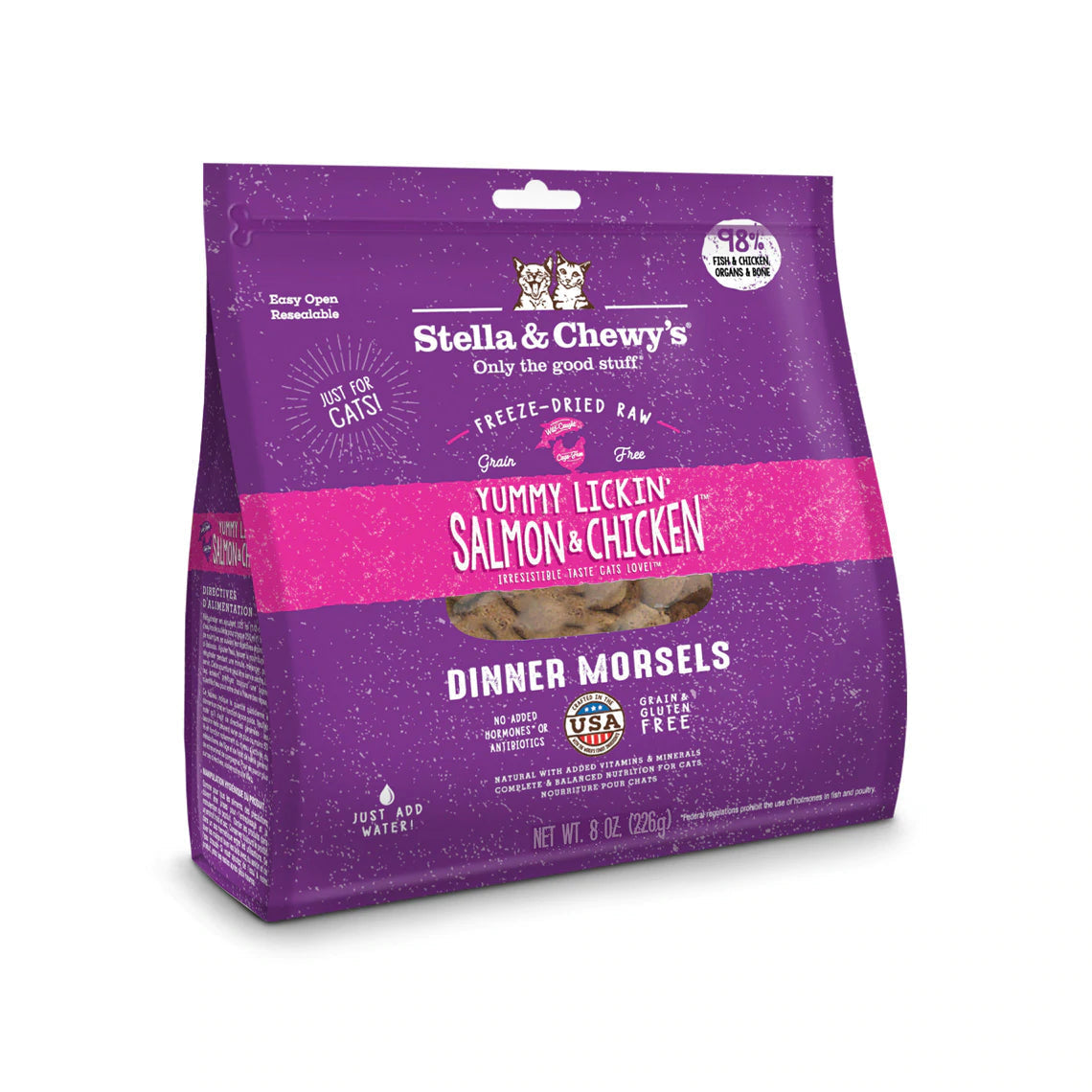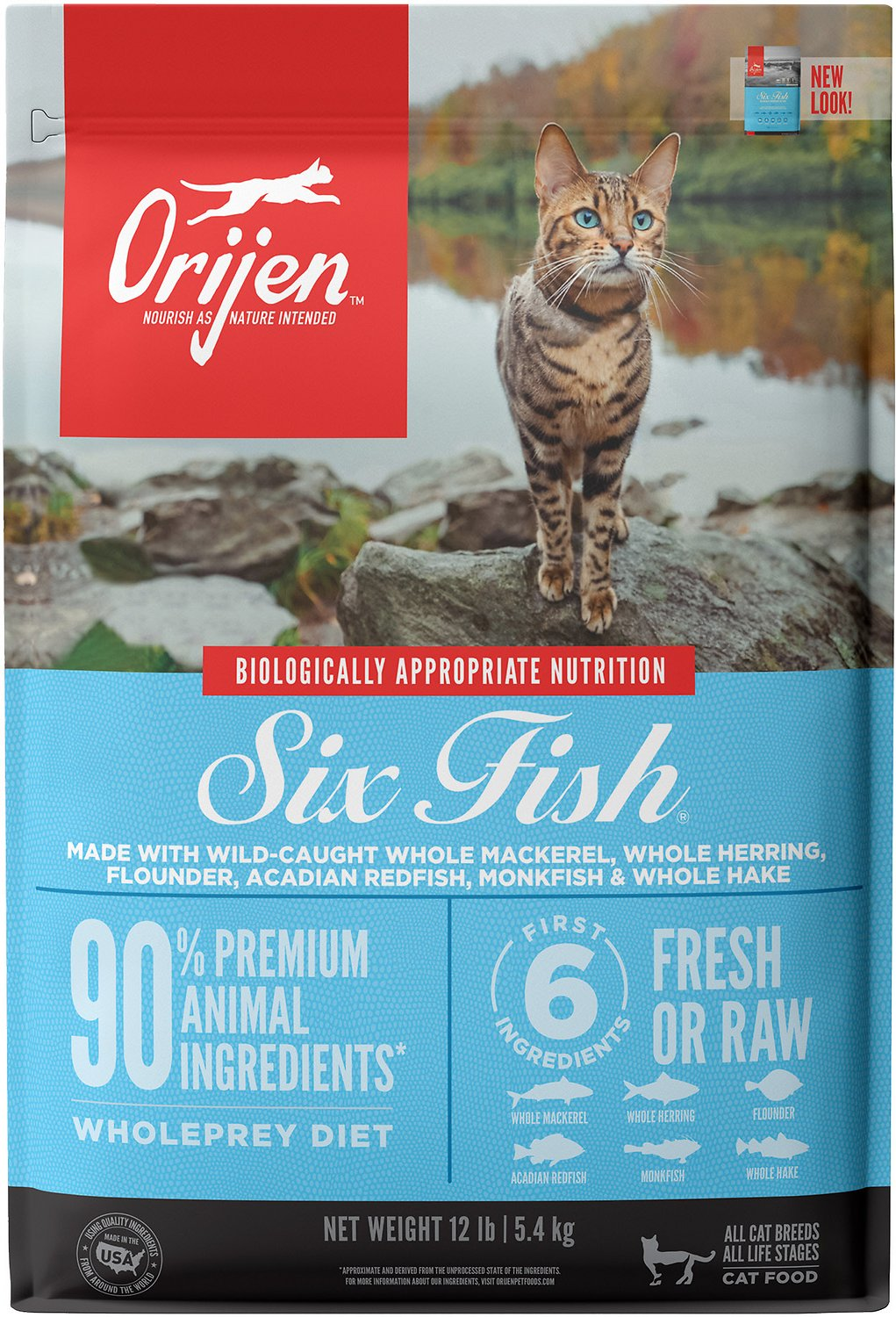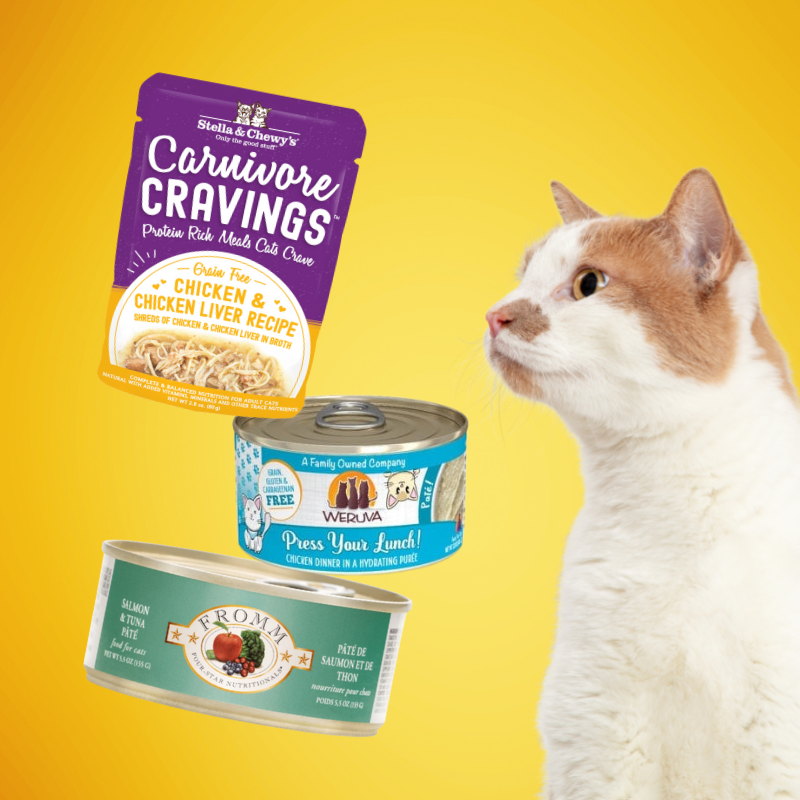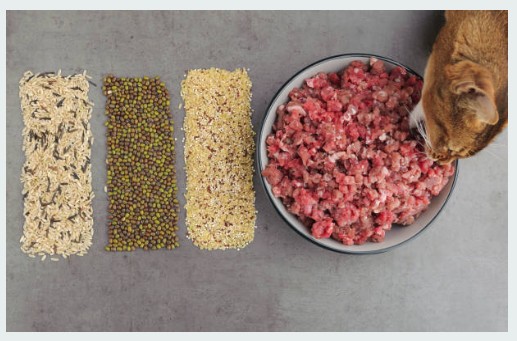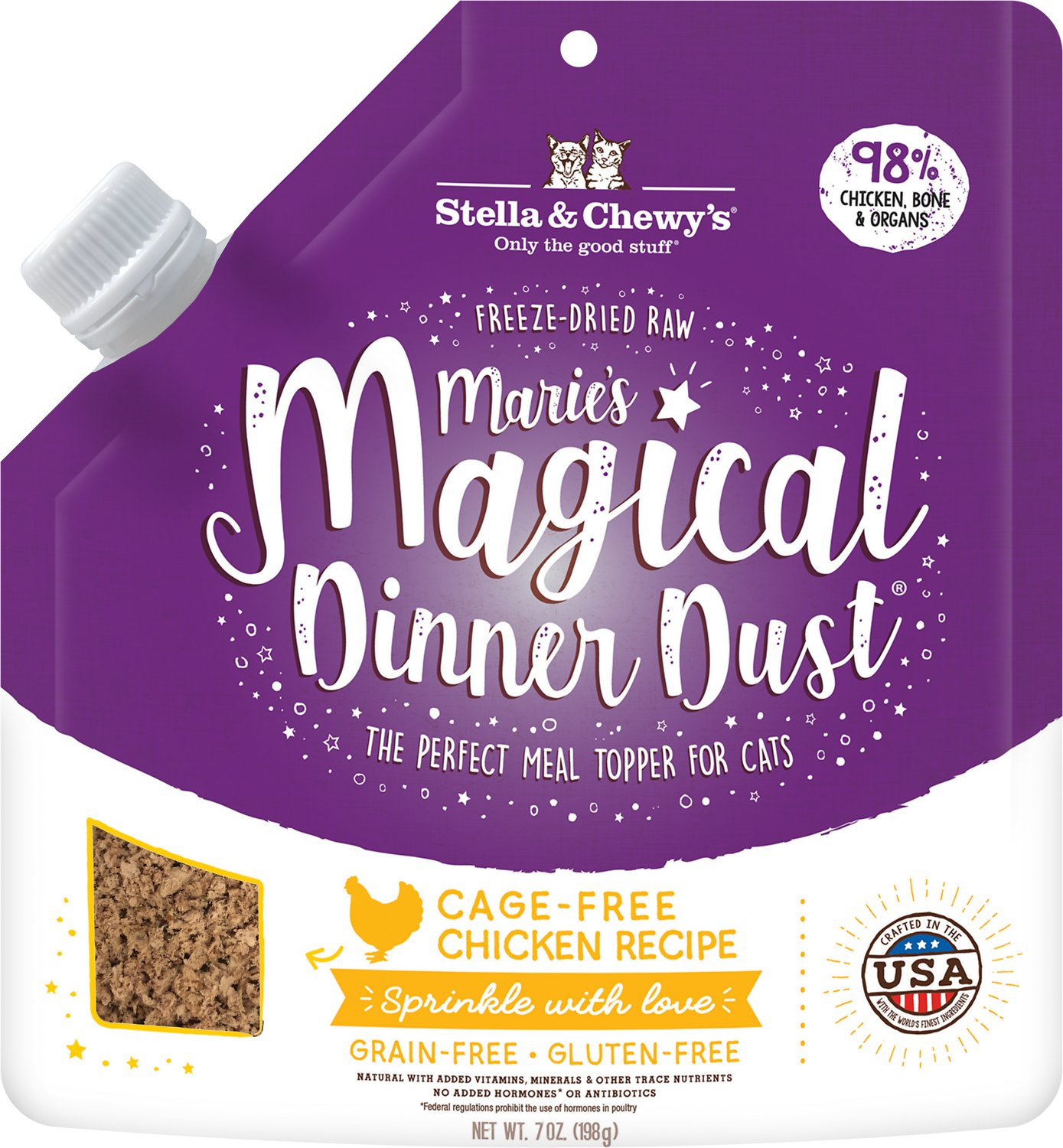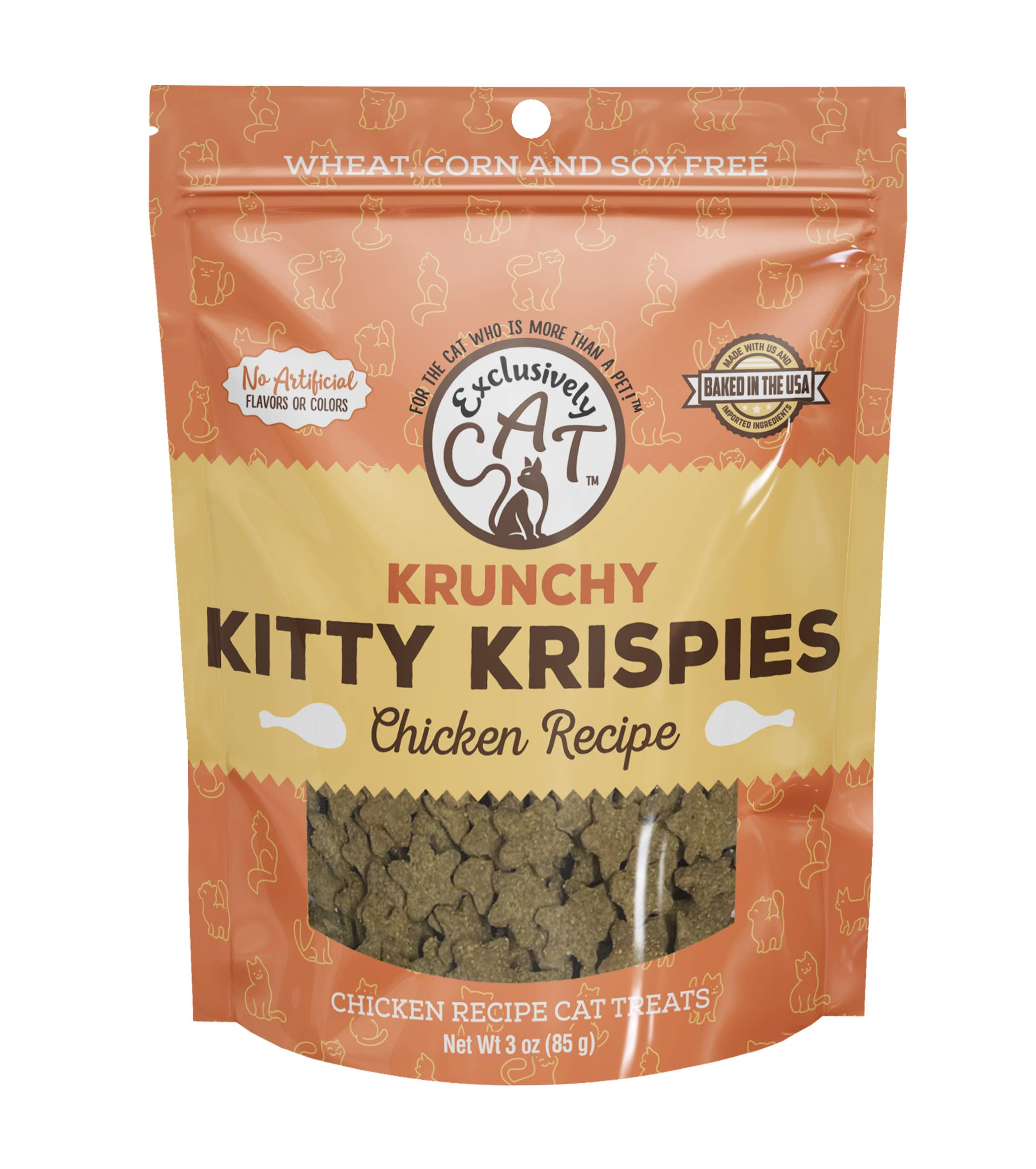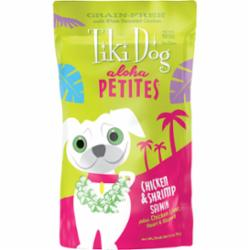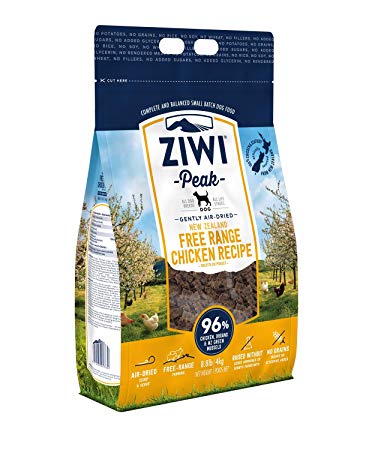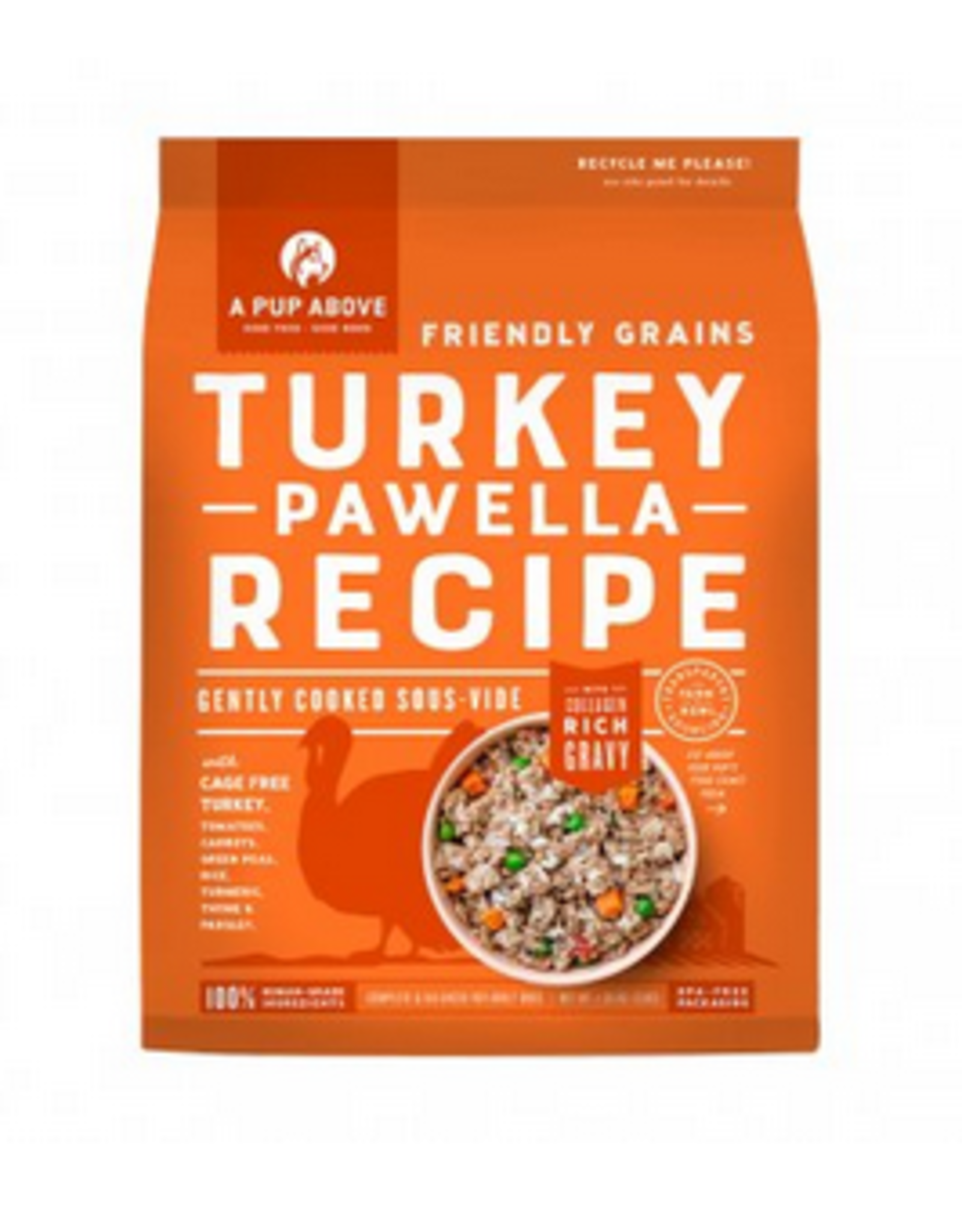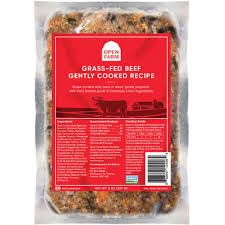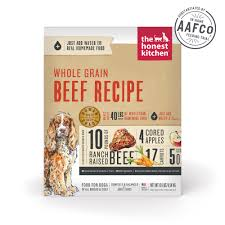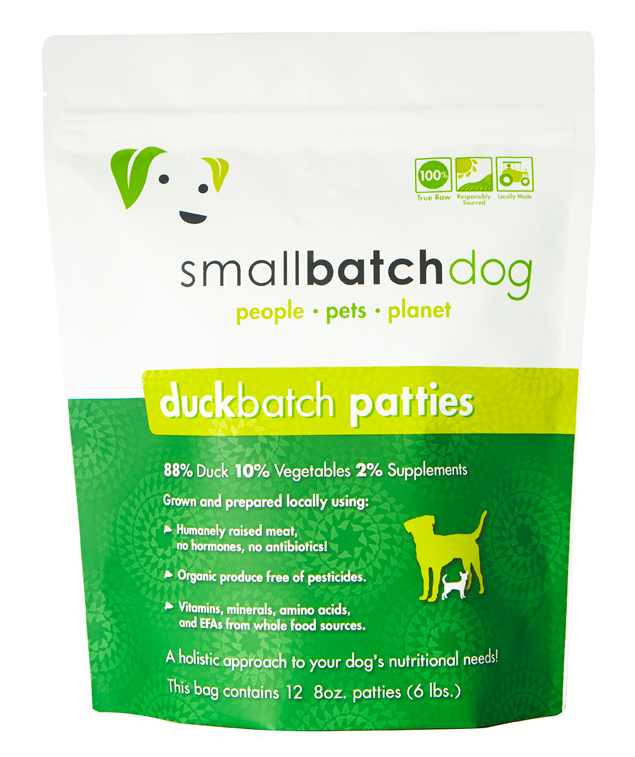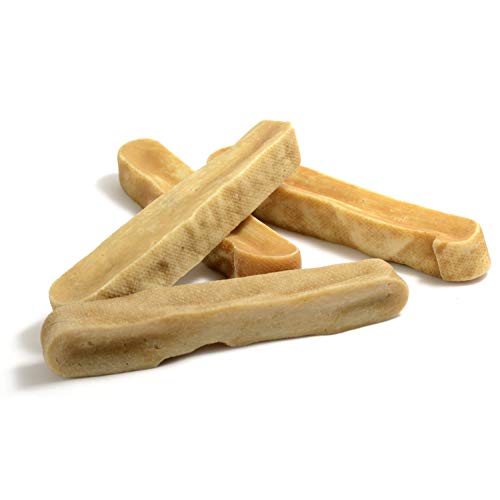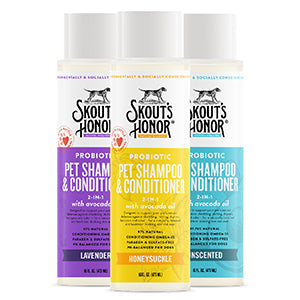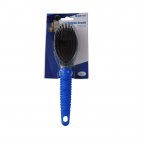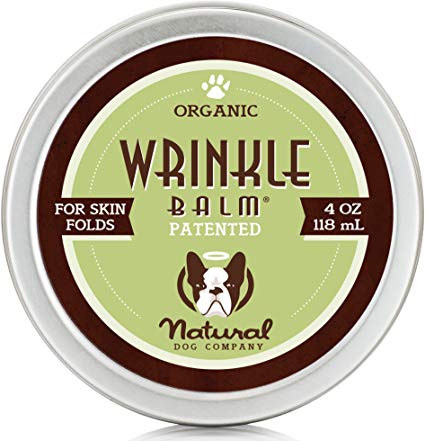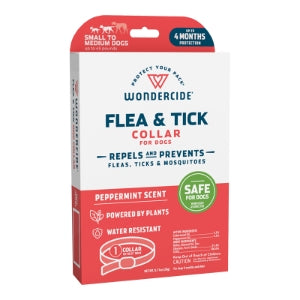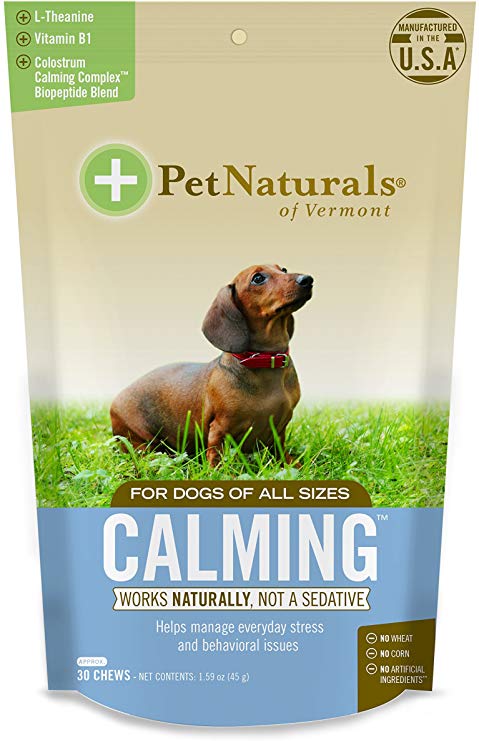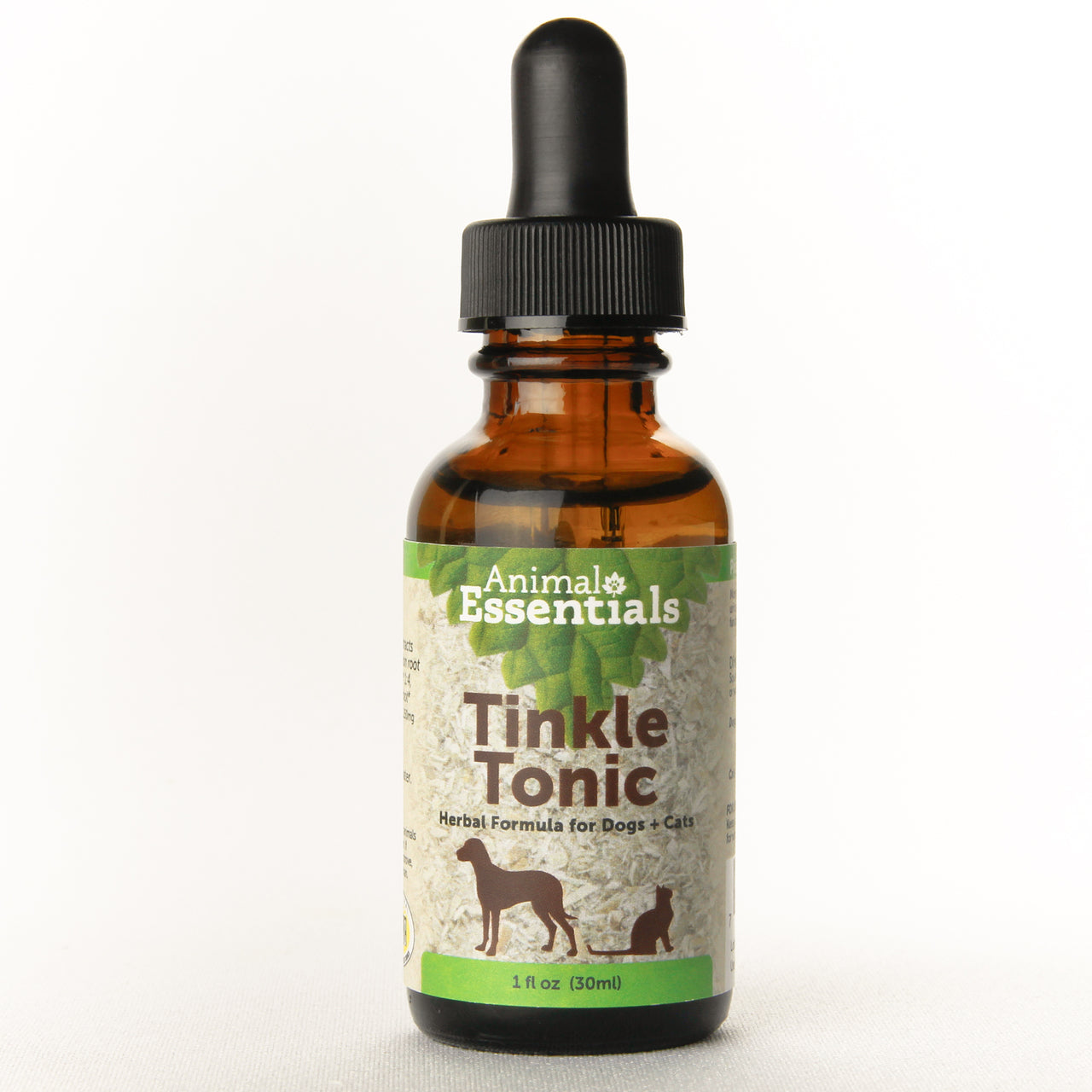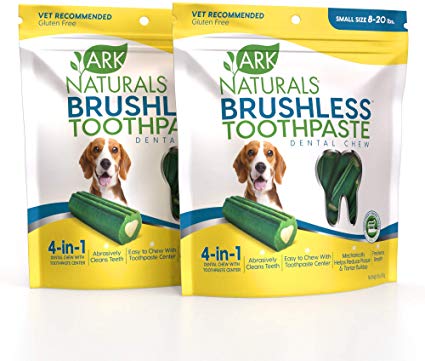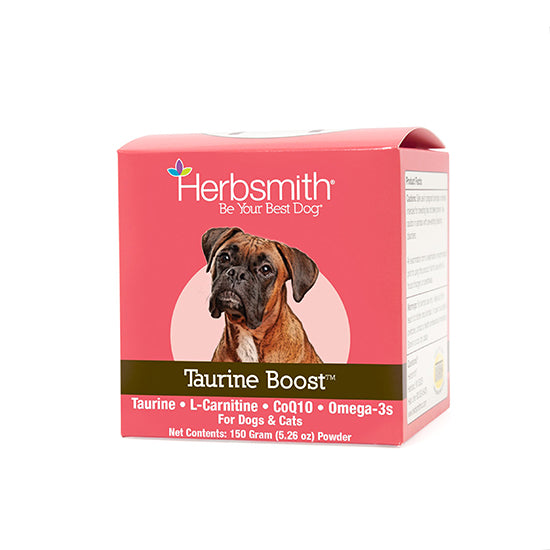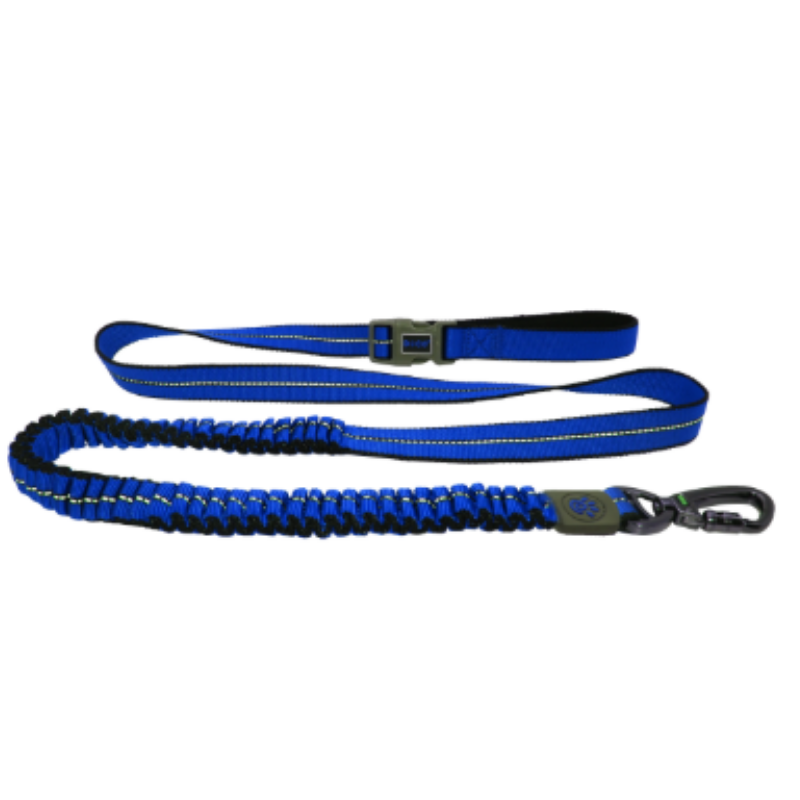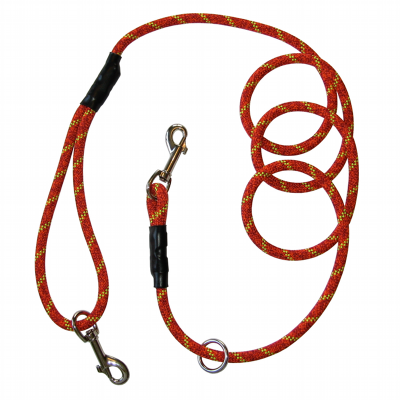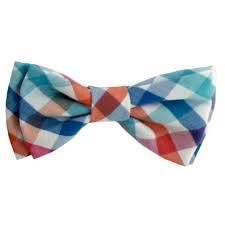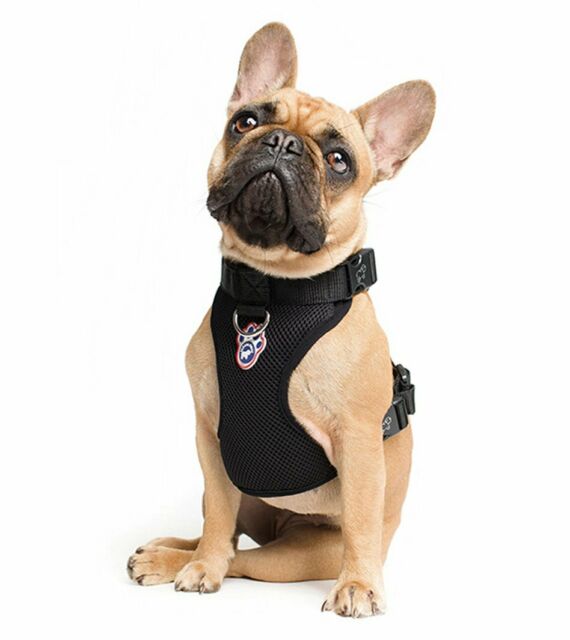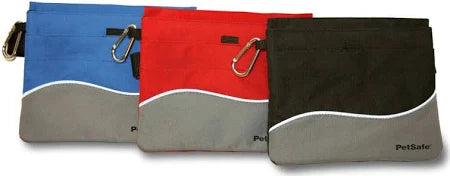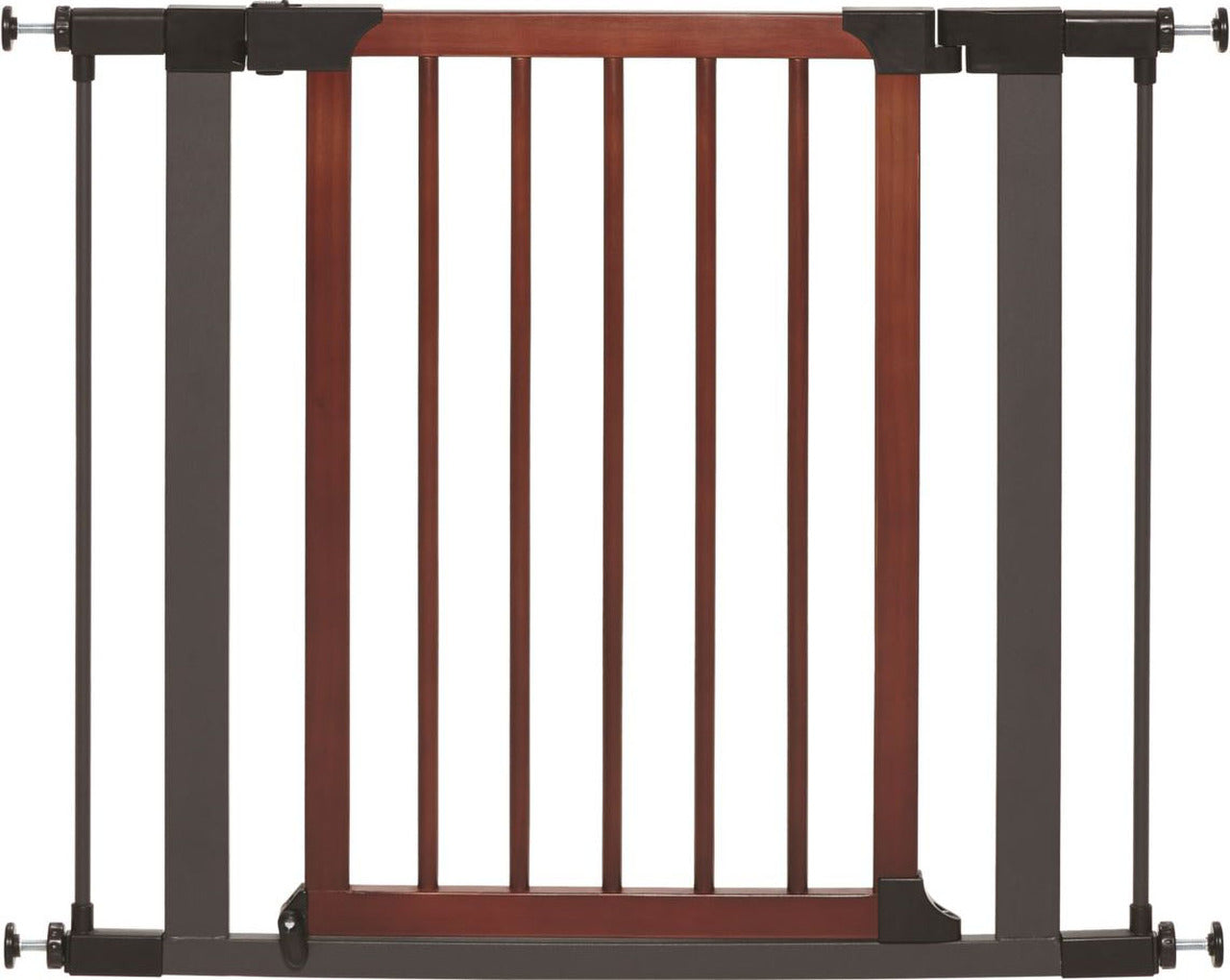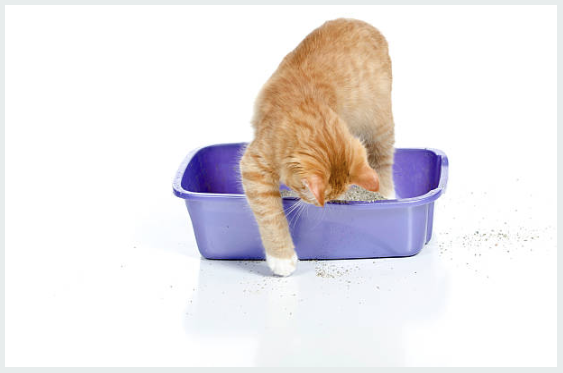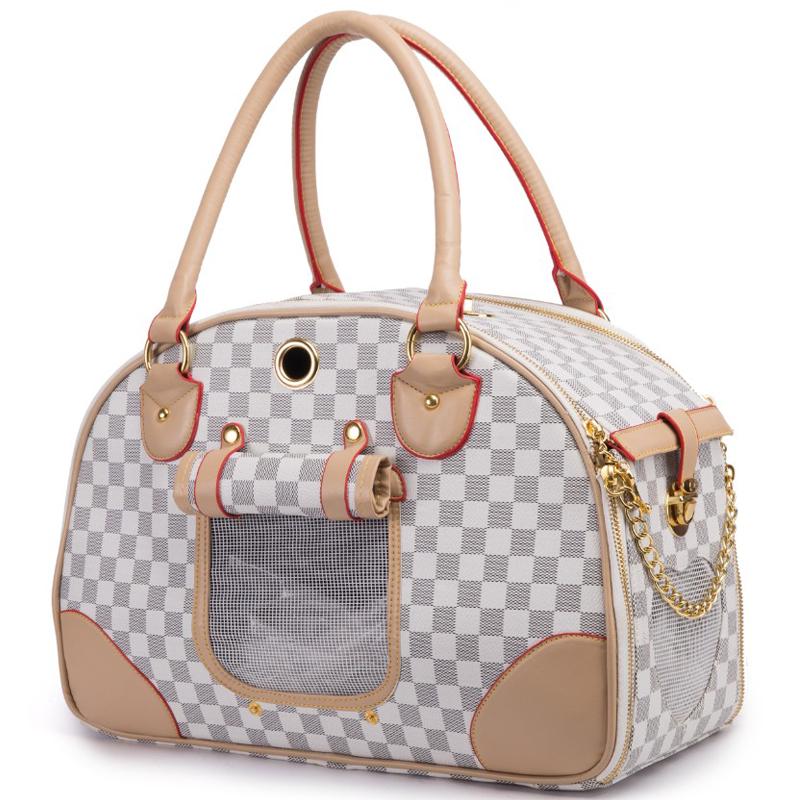The word is out - feeding your pet a raw diet is the secret to helping them thrive. With numerous different brands and formulas to choose from, it can seem an almost overwhelming task if you're considering making the switch to raw. But it doesn't have to be so intimidating! One of the best ways to introduce your pet to a raw diet is by feeding raw, meaty bones. Even when fed alongside a kibble diet, raw meaty bones can make the world of a difference for your pet's health. (When fed with a daily raw diet, your pet's quality of life will be at its prime!) Here are some of our tips and tricks for feeding raw, meaty bones for your pet's health.
RAW BONES FOR DENTAL HEALTH
Dental disease is a significant health problem in pets, with 80% experiencing dental disease by the time they are 3 years old. Mouth disease doesn't only cause bad breath, but it also damages other organs. The bacteria that collects around your pet's diseased teeth can spread to the heart, kidneys and liver, leading to further illness. Thus, by promoting good dental hygiene for your pet, you are also promoting his or her overall health. One of the most natural ways to promote your pet's dental hygiene is through chewing.
Pets develop dental diseases along the gum line, so when chewing, your pet really needs to be able to sink his teeth right up to the base of the tooth. This isn't necessarily possible with certain rubber toys, such as Nylabones or Kongs. Most of the teeth in your pet's mouth are cutting teeth, designed to tear and chew at meat and bones. Ideally, your pet should be eating the meat off a large, raw, meaty bone, or sinking his teeth into a raw chicken or duck neck.
TYPES OF RAW BONES
For prime dental health, it's necessary for your pet to consume different types of bones to clean multiple surfaces of the teeth.
A chicken neck, for example, may effectively clean the incisors or the molars. Try: Primal Raw Frozen Chicken Necks 6 pack from Paw Naturals.
Marrow bones are also great examples of raw bones, and they come in different sizes and protein sources. The size of the bone determines the amount of marrow contained within. Unlike the chicken neck, the bone itself is minimally ingested. It is gnawed, but only the marrow is eaten. Try: Primal Raw Frozen Venison Marrow Bone 2 Pack, or Tucker's Raw Frozen Bison Marrow Bone 4" 2 Pack from Paw Naturals.
Knuckle bones are generally scraped clean, through use of the molars and canines, and eventually eaten. Try: Bravo Raw Frozen Food Dog Beef Knuckle Bone 2 pack or Bravo Raw Frozen Food Dog Bison Knuckle Bone 2 pack from Paw Naturals.
FINDING THE RIGHT SIZE BONE
Finding the right size bone for your dog is not as simple as small dog/small bone or large dog/large bone. In order to choose the correct bone for your dog, you should observe how he chews and ingests a bone.
The major purpose of feeding raw bones is to help clean your pet's teeth, and this can only be accomplished if your dog chews the bone you give him. Gulping the bone whole is not beneficial to your dog's dental health. Most large dogs will gulp short bones, so it's better to choose a larger bone that he will have to chew through to eat.
Choosing the right bone for your dog doesn't have to be a difficult or intimidating process! A good starting point or rule of thumb when deciding what size bone to get your dog is to compare the size of the bone to the width of your dog's open jaw. A proper sized bone for your dog would be slightly bigger than the width of his or her open jaw.
Stop on by Paw Naturals, and we'll help you determine the right size and type of raw bone that best suits your dog's needs!


